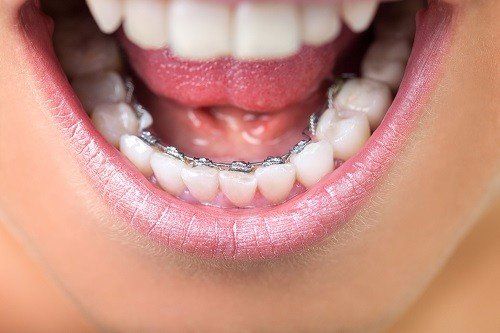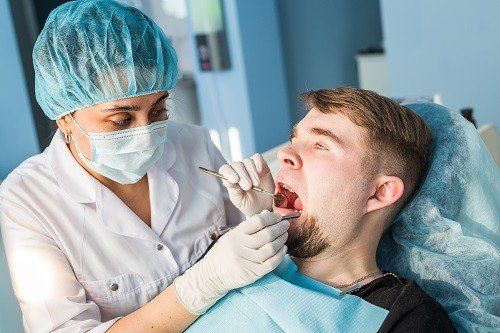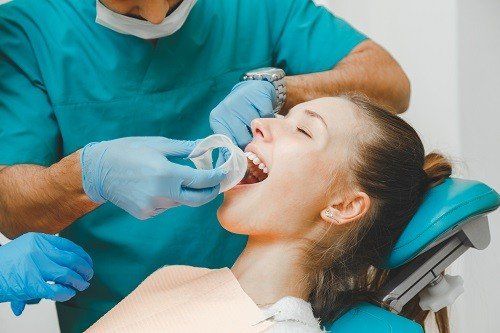The Basics of Lingual Braces
For those who want to straighten crooked teeth, there are
luckily plenty of options out there to try, but one option most people don’t
think of is lingual braces. Since the decision to dedicate months or years to teeth-straightening
is crucial and expensive, it makes sense for the 4.5 million individuals in the
U.S. who currently wear braces and those who plan to in the near or distant
future to know all their available options.
What are They?
Unlike typical braces that are set on the front of the teeth, lingual braces are set behind them near the palate and tongue. This option offers an alternative for people who want straight teeth but do not want the braces to show. The preparation process involves taking teeth impressions, which are then sent down to a dental lab for creating customized brackets, which should take roughly six weeks to produce.
Once they are finished, an orthodontist can then cement the lingual braces to the backs of the teeth. As with traditional braces, lingual braces work by putting mild yet unremitting pressure on the patient’s teeth, helping them to slowly move to proper positions. Treatment can take between 18-36 months though it depends on how overcrowded the patient's teeth or bite is.
Added Cost
While braces are always a worthwhile investment, lingual braces do have additional requirements. Since they are customized, lingual braces cost more than traditional braces, and the treatment process is a bit more involved. The materials are the greatest factor when it comes establishing cost since every tooth has its own brackets and set of arch wires. Also, not every orthodontist offers lingual braces, as additional technical experience and training are required. Since they can cost at least $5,000, patients would do well to see which kind of lingual braces would be the best choice for them.
Maintenance
For lingual braces of any brand, such as iBraces, Incognito, Suresmile Lingual QT, or the STb Light Lingual System, solid oral hygiene and care are needed to protect one’s oral health and maintain the braces. To do this, patients at least need to brush twice per day for about two minutes, floss daily with a floss threader and possibly an interproximal brush, use a soft round-bristled toothbrush, use an oral irrigation device for flushing out food debris around the brackets, and rinse with fluoride rinse.
These braces do run the risk of irritating the tongue or making it tender—you can press wax up against the bottom teeth to cover the braces and alleviate the soreness. Patients can also find it difficult to speak clearly and enunciate when they wear lingual braces. However, with practice, patients can easily familiarize themselves with the feel of the braces on their teeth, making speaking far easier. And, as always, dental appointments and cleanings twice a year are crucial for patients’ oral health when they have braces.
In the end, braces, despite the brief inconvenience they pose, are worth it for the health and cosmetic benefits they offer. Lingual braces even offer a solution, by being out of sight, for patients, especially adults, who may feel uncomfortable about having braces in the first place. No matter how patients choose to go forward, getting teeth straightened isn’t something to be nervous about, and the reward at the end of the treatment is proof of that.
Are you avoiding the dentist office because you don’t have insurance? Did you know you can save as much as 20 percent off your dental visits will the Wellness Dental Plan? For more information about our New Hampshire discount dental plans , click here.
Photo via Shutterstock











